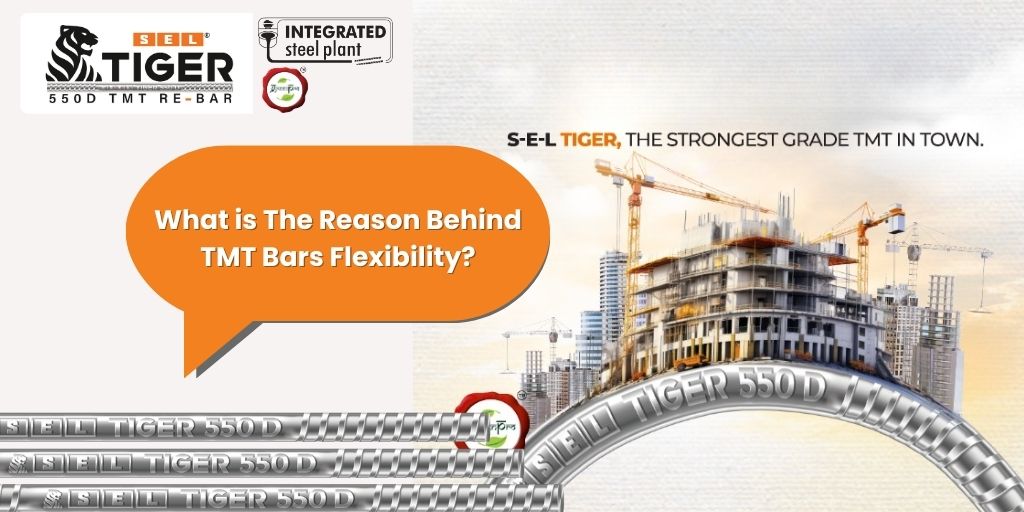
Have you ever asked yourself why flexibility is important in steel when it comes to construction? Being in the construction field for many years this question may sound absurd to me, but what many people may not know is while building strong and secure structures flexibility is essential. TMT bars – known for their high strength and flexibility which form the frame of most contemporary buildings. But how do these steel bars bend and why is it significant?
It is high time to describe how steel rebars are produced and why they bend without breaking as well as understand the importance of TMT Bar Flexibility in construction.
TMT bars go through the process where the bars are subjected to the following characteristics. It’s not magic—it’s science. By following a controlled heat treatment process, the TMT bars get an extremely strong outer surface but the core is comparatively ductile.
Here’s a quick breakdown of the process:
Therefore, why does flexibility matter? It might not be obvious at first, but the ability to bend without breaking is vital for several reasons
TMT bar flexibility depends on what TMT bars are made from. These bars are made of iron and carbon and a few percent of additives such as manganese and sulfur. It is the combination of these elements that defines the quality of the steel, both in terms of its strength and ductility. The result? An object that is hard wearing on the skin but is flexible enough to allow for bending and shifting of positions without being damaged. Iron (Fe) is used at the base of the bar to offer support and it constitutes the foundation of the bar. Whereas, carbon, although added in small proportions contributes to the bar’s hardness and tensile strength so that it may support massive loads without getting distorted. But when there is excess carbon the steel becomes brittle and this is why other materials are added to it.
You will find that TMT bars are almost ubiquitous if you take some time and look around. These bars which are normally made from steel are used intensively in the construction of high-rise buildings, bridges, industrial structures as well as homes. TMT bars are very useful in regions that are sensitive to earthquakes such as some regions in India since they possess high flexibility as compared to other types of iron. That’s how important it is.
TMT bar flexibility is not just a bonus but a boon in many ways. If you choose our company, you will understand why SEL Tiger TMT Bars are considered the best option for any construction project that you may have.
We have manufactured to the highest of standards in terms of strength, flexibility, and durability that cannot be matched. Whether constructing a home or a large commercial project, SEL Tiger’s TMT bars guarantee your structure to be strong and capable of withstanding the force of time, weather and even calamities.
Read Also: How to Measure the Strength of TMT Bars?
Flexibility is the capacity of the bar to bend and bend without breaking. It helps to take stress and extend to other forces such as earthquakes or heavy loads without weakening the bar.
One of the ways that the flexibility of materials can be determined is by performing a bend test in which the given material is bent to a certain angle and then checked for any crack or fracture.
TMT bars of good quality have a smooth surface finish, high tensile strength and can bend. They should meet standard bend and rebase tests and should have ISI certifications to meet the safety and quality requirements.
The steel is highly bendable, re-bendable, and easy to cut, providing greater flexibility during construction. Also, SEL Tiger TMT Rebar guarantees that the TMT bars have the highest level of purity which makes them a trusted and reliable choice for construction projects.